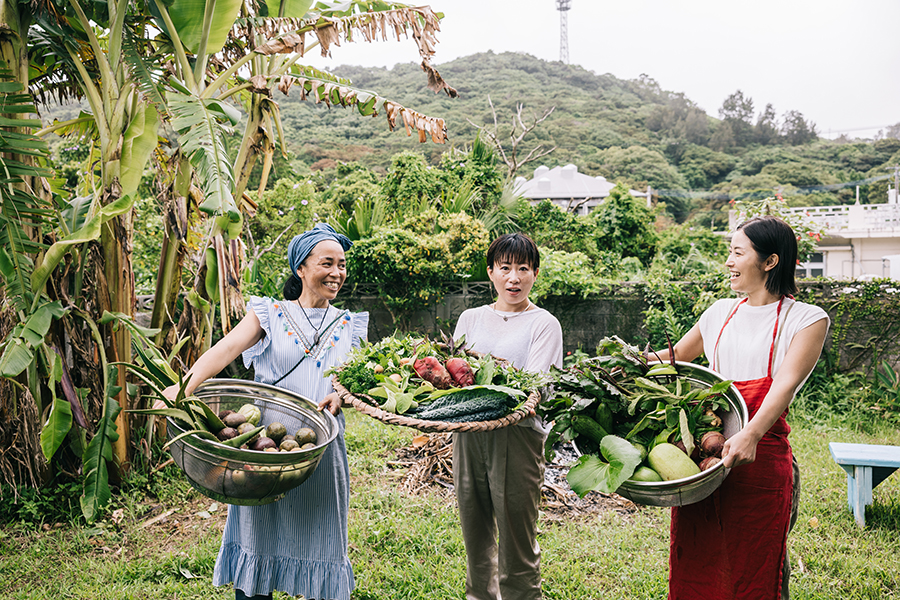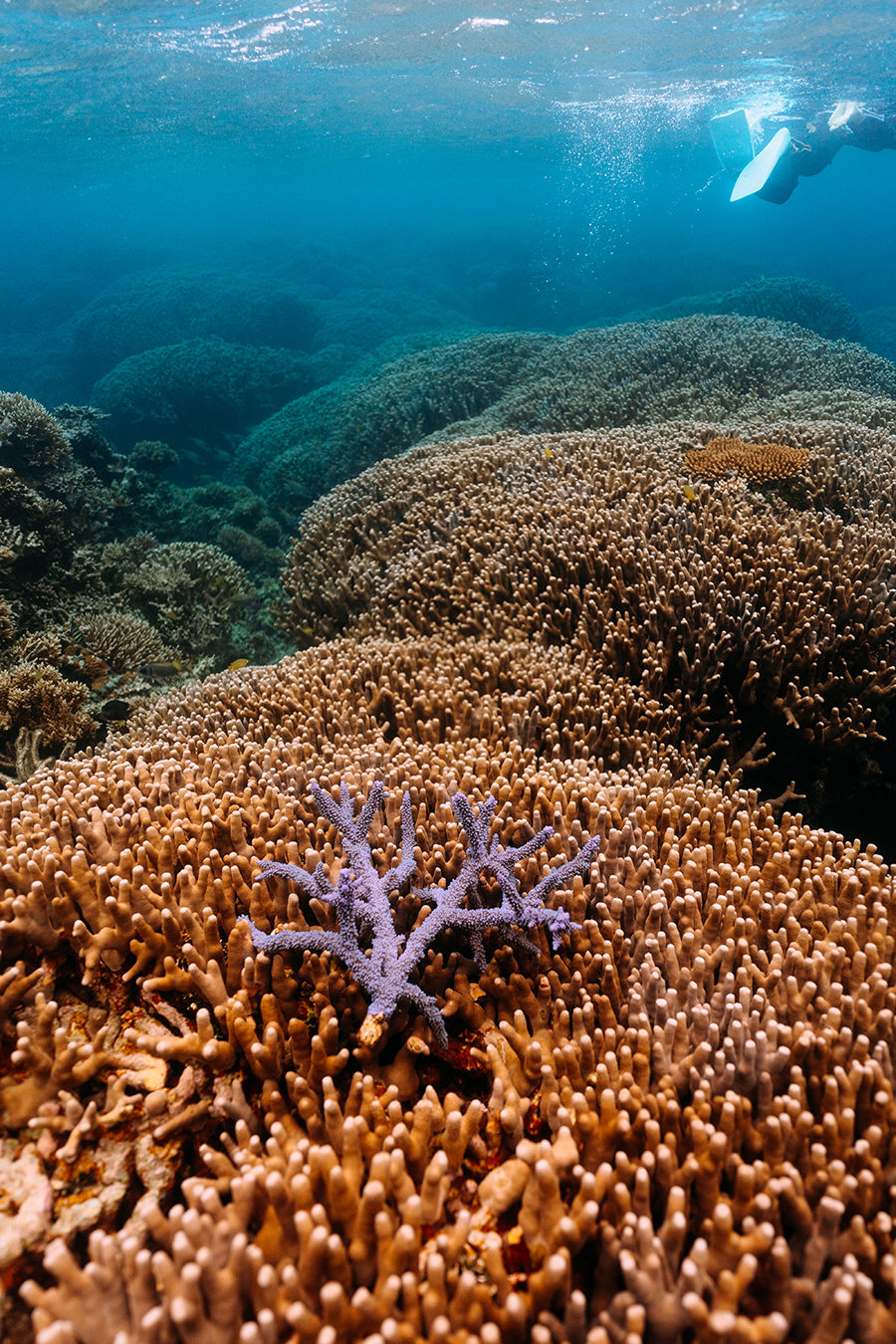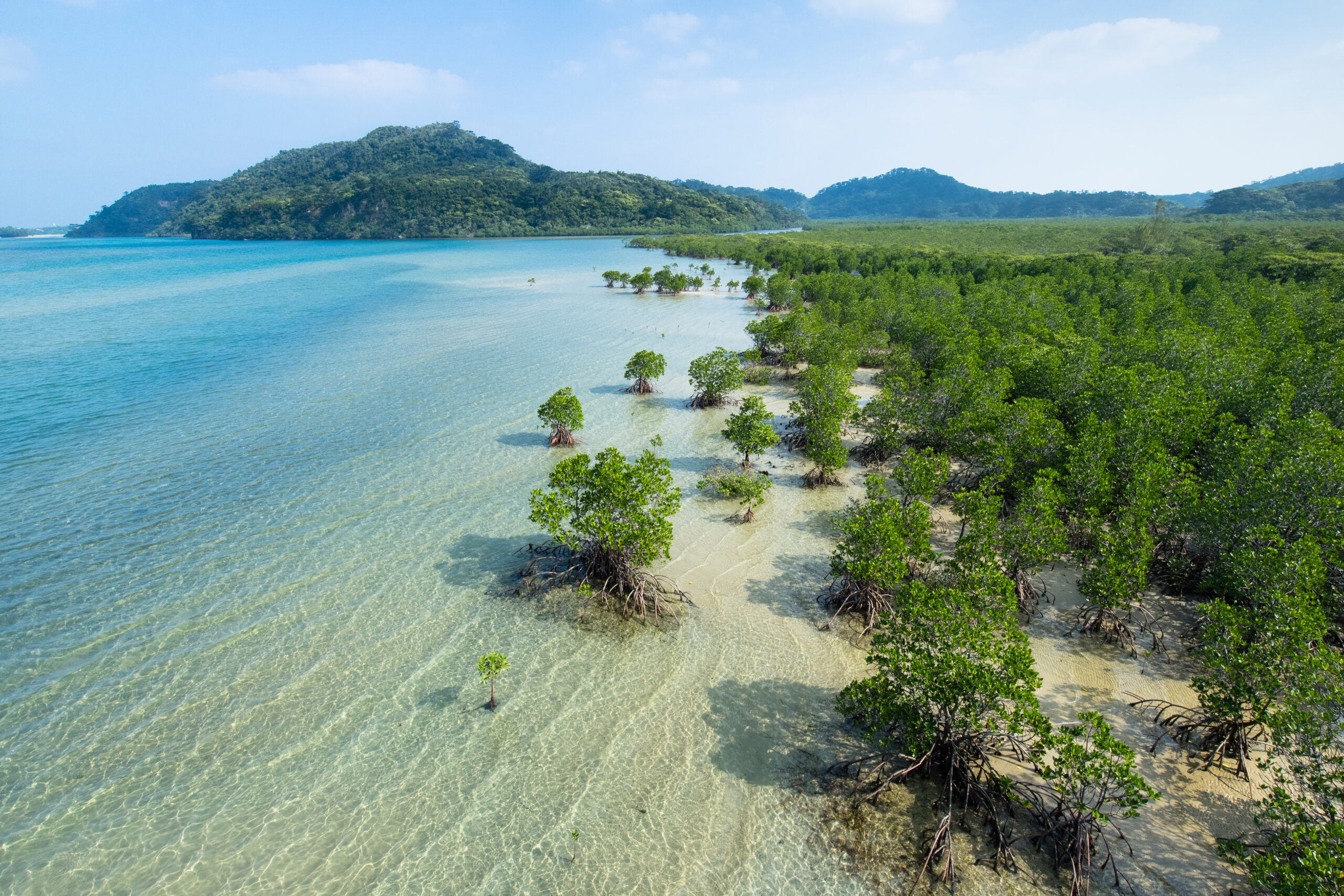Blue Zone Travel: Indulging in the Beauty and Cuisine of Japan’s Okinawa Islands

Located between the Pacific Ocean and the East China Sea, the picturesque Okinawa islands boast a unique and vibrant culture. Photo: Ryan H/500px/Getty Images
Once best known as the site of the last, and fiercest, major battle of the Second World War, the island of Okinawa now serves as the gateway, and namesake, to a Japanese archipelago of 160 pristine cays – less than a third of which are inhabited. It’s the heart of the region’s Blue Zone, a designation it was awarded in 2004 when researcher and author cum wellness guru Dan Buettner and National Geographic teamed up to classify the places around the globe – there are only five – where the locals live longer and happier lives.
Located between the Pacific Ocean and the East China Sea, the Okinawa islands are also known as the Ryukyus Islands for the ancient kingdom that ruled over them before China, and then Japan, claimed the territory. Annexed by the latter in 1879, and an important stop on the South-East / East Asian trade route, this amalgam of influences saw Okinawa develop a unique culture across its music, clothing, and creative arts that’s distinct from the Japanese mainland.
From Ikaria, Greece and Sardinia, Italy to Nicoya, Costa Rica and Loma Linda, California, the healthy lifestyle of each Blue Zone is based in daily movement, close family and community ties, a plant based diet, and an outdoor lifestyle that offers lots of Vitamin D. All of them also offer a distinct twist. Sardinians and Ikarians swear by daily glasses of their fortified, antioxidant-rich island wine, the Californians celebrate religion and abstinence, and the Costa Ricans benefit from mineral-rich water and Mesoamerican agriculture – corn, beans, squash – served with every meal.
For the Okinawans, it’s an anti-inflammatory diet that’s 90 per cent whole plant foods, the majority of their calories absorbed from sweet potatoes. In particular, purple sweet potatoes, which contain three times the anthocyanins found in superfood blueberries, and protect against diabetes, cancer, stroke and heart disease while enhancing memory and overall brain health.
Getting minimal animal protein from fish, they make liberal use of tofu and seaweed. They also abide by hara hachi bu, a maxim they recite before every meal that translates as: “Eat until you’re 80 per cent full“. Satisfied, not stuffed, these lithe islanders ingest an average of 1,900 calories a day, far less than the average Westerner while enjoying a 40 per cent higher chance of celebrating their 100th birthday than other Japanese people. They also suffer less than half the rate of dementia as Americans.

Equally pure and elevating is the place Okinawans call home. A 1,000 k.m. string of volcanic and coral islands floating in a peacock sea that’s renowned for its extravagant marine life. The Galapagos of Asia, Japan’s only subtropical region, is blessed with diverse ecosystems and exceptional landscapes –from isolated, white sand coves to verdant mountain ranges.
Ruled by the monarchs of the Ryukyu Kingdom until the 19th century, great castles and fortresses are scattered across the main island of Okinawa. Overnighting in the urbanized capital of Naha, the Hyatt Regency is a good place to sleep (high end without the high cost) and you’ll find terrific day-tripper sites across town. At the Yomitan Pottery Village you can pick up some of the island’s signature Tsuboya ware – unglazed pottery brought to Okinawa by Korean artisans in the 16th and 17th centuries. By contrast, the vast, super modern Churaumi Aquarium is full of whale sharks, manta rays, and tropical fish. Finish up with a visit to the city’s fish market where local food vendors serve up sushi, sashimi, lobster, crab, and shellfish dishes – fresh out of the water.
Of course, the real draw here is the paradisiacal islands offshore. And, with 160 of them, the Yaeyama Islands are a good place to start.
Ishigaki
A 3.2 hour flight from Naha that costs less than $100, this is the jumping off point to more remote surrounding isles, many of which are completely uninhabited. The largest and most populated of the Yaeyama Islands, Ishigaki is ringed in beautiful beaches and abundant coral reefs for excellent snorkelling and diving. But it’s also a convenient perch if you want a variety of amenities you can navigate without a car. The island has five star resorts, lots of dive shops and a laidback yet lively town with a wide range restaurants and hotels for all budgets.

Taketomi
Home to a picturesque, well-preserved Ryukyu village, this quaint no-car island is easy to explore on foot and by bike, which you can rent – unless you’d rather do a tour in a water buffalo cart. A ten-minute ferry from Ishigaki, you’ll find ancient houses and old stone walls as well as little shops, cafés and restaurants. The beaches are stunning and this is one of the four islands in the archipelago where you’ll come across its unusual star-shaped sand. If you’re up for a splurge, you can book the ultra-luxe Hoshinoya resort.
Iriomote
A half-hour, high speed ferry from Ishigaki, the lush tropical landscape of Okinawa’s second largest island is navigated by a local bus and attracts adventurers and outdoorsy types. Lodging is less lavish, but you’re here for the untouched natural environment, rich in wild jungles and mangrove forests, majestic waterfalls, hiking paths and river kayaking adventures. It’s one of the best dive sites in the islands, but you can also opt for a languid cruise along Iriomote’s inland waterways.
And – excellent island holiday bonus – you get to stop in Tokyo en route. It’s a dazzling city that amazed everyone’s favourite world traveller, Anthony Bourdain, who cited it as the place he could “live in for the rest of my life, never leaving it” while in awe of the Japanese capital’s “concentration on … the most fundamental elements of beauty, pleasure, and relaxation.”
Principles, by the way, that are every bit as Blue Zone as a as an antioxidant-rich, plant-forward diet.

When To Go and How to Get There
Spring is the best time to visit, when the weather is balmy, not too hot, and you’re clear of jellyfish, which are more prevalent from June to October. There are numerous flights from Tokyo, and other major Japanese cities, to Naha, Okinawa’s capital.
RELATED:
Blue Zone Travel: Embracing the Sunny Beaches of Costa Rica and Its Pure and Simple Life
Blue Zone Travel: Exploring the History, Mythology and Longevity Secrets of Ikaria, Greece
Blue Zone Travel: A Wellness Journey to Sardinia